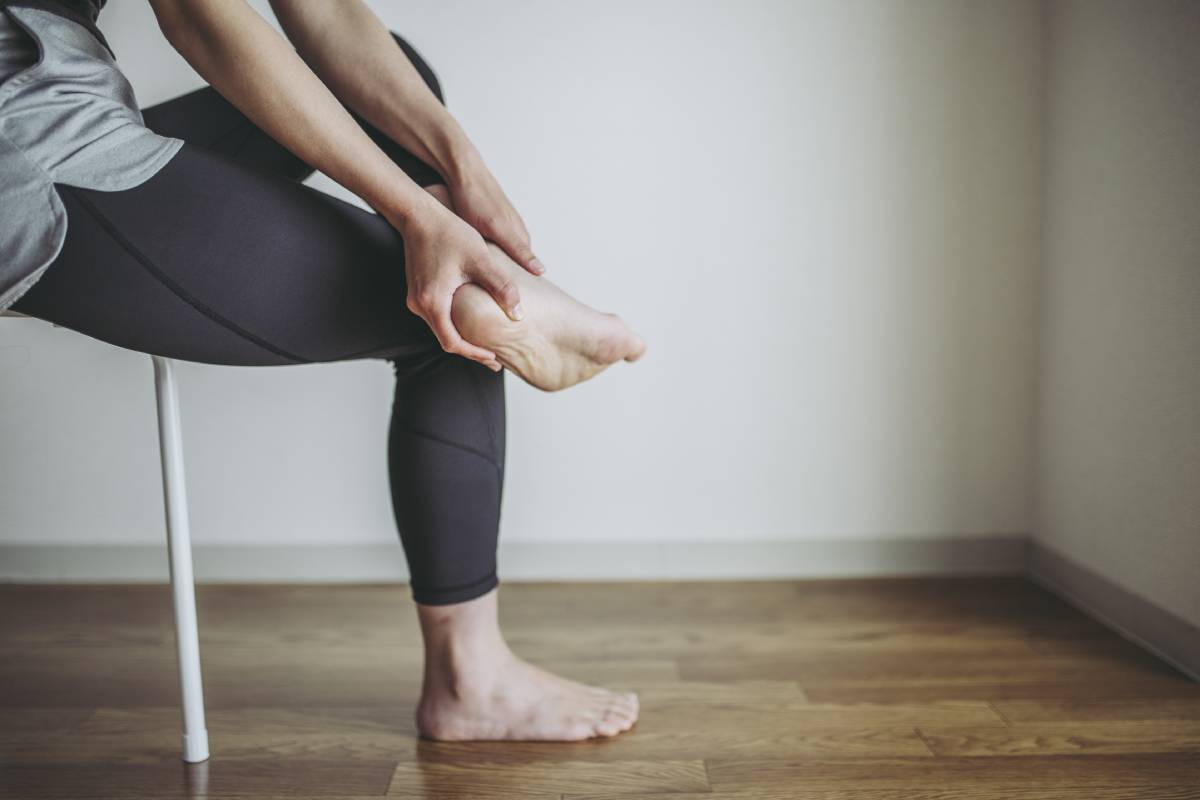Managing Acute Joint Sprains and Strains

Sprains and strains are injuries that affect ligaments, muscles, and tendons. Ligaments are tissues that connect bones at a joint, while tendons are tissues that connect muscles to a bone. A sprain, such as that of the ankle or wrist, is a stretched or torn ligament that may be caused from a fall, twist, or impact. It may feel like a pop or tear at the time of the injury as the joint is forced out of its normal position (Medline). Symptoms such as pain, swelling, bruising, and difficulty moving the joint will likely accompany the injury. On the other hand, a strain is a stretched or torn muscle or tendon caused by twisting or pulling these tissues suddenly, or over a period of time (Medline). Back and hamstring muscle strains are common, especially in athletes. Symptoms include pain, muscle spasms, cramping, swelling, and difficulty moving the muscle.
Despite the differences in causes and symptoms, the treatment of sprains and strains is relatively similar. In the days or weeks following the injury, treatment typically involves resting the area, icing it (20 minutes, 4 to 8 times a day is recommended), wearing a bandage to compress the area, and taking medications such as anti-inflammatories (NIH). Later treatment of the area may include light exercise and physical therapy. Sometimes, an X-ray or MRI may be necessary for closer look at the injury site and to ensure that bones are intact (NIH).
Stretching and exercising the area helps to prevent stiffness and strengthen the ligaments, muscles, and tendons at the site of the injury. The primary goal of rehabilitation is to restore pain-free range of motion, increase strength, and bring back normal joint function. A more comprehensive physical therapy program may be required for severe injuries.
The precise exercises to be performed during rehabilitation depend heavily on the location of the injury. For instance, ankle sprain rehabilitation often involves moving the ankle in circles, scrunching a towel placed on the ground below the foot, and performing heel raises while keeping pressure on the big toe. Hamstring strains may involve calf stretches and straight-leg raises to encourage flexibility in the knee joint and surrounding muscles. In the case of a lower-back strain, a tailored yoga program involving targeted exercises like the ‘cat cow stretch’ may help relieve pain and increase flexibility in the area.
A patient’s treatment and recovery timeline depend on his or her age as well as the severity of the injury and associated pain (Stanford Health Care). Regaining full mobility may take up to months in some cases. Even after recovery, it is important for patients to adhere to activity restrictions and/or continue rehabilitation programs to prevent re-injury, as the risk of re-injury is especially high in the months or years following recovery (Fulton, 2014).
References
Fulton, Jessica et al. “Injury risk is altered by previous injury: a systematic review of the literature and presentation of causative neuromuscular factors.” International Journal of Sports Physical Therapy vol. 9,5 (2014): 583-95. https://www.ncbi.nlm.nih.gov/pmc/articles/PMC4196323/
“Sprains and Strains.” MedlinePlus, U.S. National Library of Medicine, 17 June 2020, medlineplus.gov/sprainsandstrains.html.
“Sprains and Strains.” National Institute of Arthritis and Musculoskeletal and Skin Diseases (NIH), U.S. Department of Health and Human Services, 26 Feb. 2020, www.niams.nih.gov/health-topics/sprains-and-strains.
“Treatment for Sprains and Strains.” Stanford Health Care (SHC), Stanford Medical Center, 11 Sept. 2017, stanfordhealthcare.org/medical-conditions/bones-joints-and-muscles/sprains-and-strains/treatments.html.
